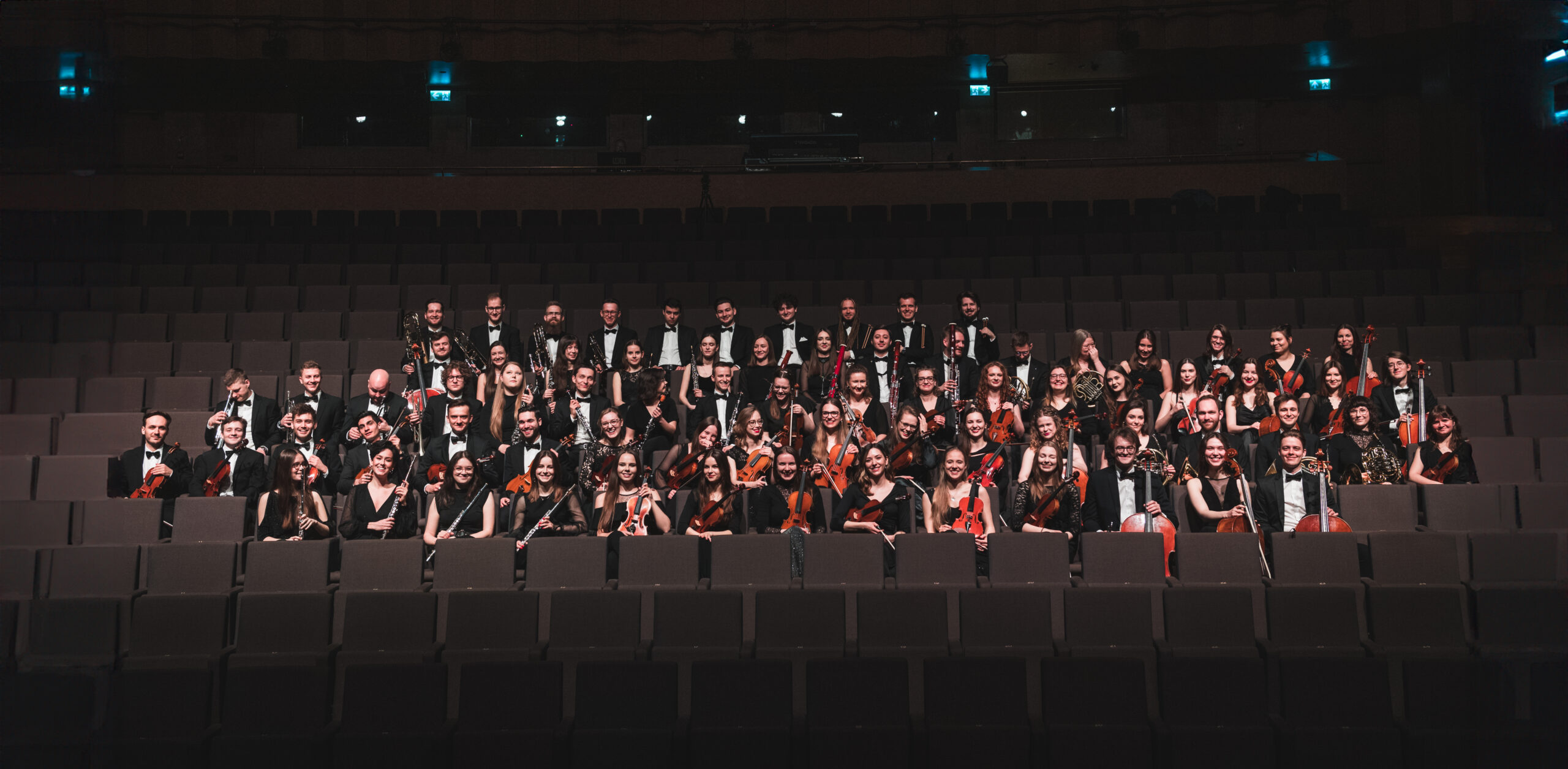Performers
Programme
Antonín Dvořák
Silent Woods (Klid) for cello and orchestra, B.182 [6’]
Symphony No. 9 in E minor, Op. 95, From the New World [40’]
I. Adagio – Allegro molto
II. Largo
III. Molto vivace
IV. Allegro con fuoco
Concert description
“The music of the people is like a rare and lovely flower growing amidst encroaching weeds. Thousands pass it, while others trample it under foot, and thus the chances are that it will perish before it is seen by the one discriminating spirit who will prize it above all else,” Antonín Dvořák wrote. The composer spent a lot of time studying the folklore of various countries, and during his travels he never missed an opportunity to listen to local songs, tunes and dances. He collected them like souvenirs – traces of them can be found in many of his works.
One of the world’s most famous symphonies, Symphony No. 9 in E minor, was written in a similar way. Among other things, Dvořák wrote it under the impression of the vast landscapes of the American prairies. In the work, in addition to the influence of African-American songs and Indian dances, one can also sense the inspiration of music closer to the composer’s Slavic roots. Slavicness, on the other hand, comes to the fore in the cycle of Dances, where he reaches for the folk rhythms of the Hungarian furiant, Ukrainian dumka, Czech polka or Polish polonaise and mazurka, and in the miniature Silent Woods (Klid), which seems to express nostalgia for the beauty of the native land.
– Karolina Dąbek (pisanezesluchu.pl)






